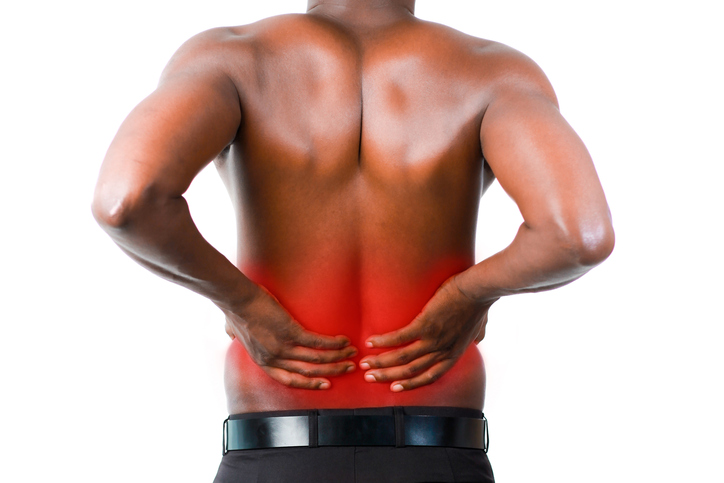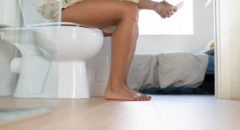
Back spasms are painful contractions or cramps in the muscles of the back.
Back spasms can be the result of injuries to the muscles, tendons, and ligaments in the back or they can be related to more serious medical conditions. Heavy lifting is a common cause of back spasms. Any activity that puts excessive strain on the muscles and ligaments in the lower back can cause an injury. Sports like football and golf can lead to back spasms because they demand that the back turn suddenly and repeatedly.
Your back muscles may be more vulnerable if you have weak abdominal muscles, as they help support the back. Weak or stiff muscles in the back itself can be injured more easily than muscles that are stronger and more limber.
Back spasms may occur if you have arthritis or a ruptured disk in your spine. Arthritis in the lower back can put pressure on the spinal cord, which may cause pain in the back and the legs. A ruptured or bulging disk in the vertebrae may also pressure a nerve, which can result in back pain.
Home Remedies for Back Spasms
But there is good news: You can alleviate the pain of back spasms through these four home remedies.
Step 1: Cold Therapy
Ice the area that hurts to relieve the pain of a back spasm. Apply an ice pack in a massaging motion to your back—you may need the help of a family member to reach the right spot—for a period of 12 minutes, according to Sports Injury Bulletin.
The cold not only eases the pain but can reduce inflammation within the muscle and surrounding tissues. You can ice the painful area throughout the day, taking a 20-minute break between icing sessions.
Step 2: Improve Your Posture
It may sound simple, but this can be easier said than done. Your posture may be dictated by years of habits. That being said, correcting your posture can lead to great benefits for your body, especially your back.
Start sitting up straight, even in a relaxing chair, and be very careful when you are sitting on structures that have no support, like a bed, a stool, etc.

Step 3: Dynamic Stretching
Do some gentle stretching to strengthen your lower back, which can both relieve and prevent muscle cramps, according to MedlinePlus. Pelvic tilts, also called pelvic presses, strengthen the lower part of your back and increase your flexibility.
Lie down on the floor or a bed with your arms straight down beside you. Tighten your stomach muscles, gently pushing the small of your back down against the floor. Hold the position for several seconds—up to 12 seconds is ideal if you can—before relaxing.
READ THIS: What’s Causing Your Low Back Pain?
Step 4: Back Strengthening Exercise
Perform leg lifts to strengthen your back and core and to help loosen up tight muscles that often spasm. Lie on the floor or a bed. Lift your right arm and left leg up as high as you can, keeping both limbs straight.
Hold the position as long as you can before returning to your original position. Repeat the exercise with your left arm and right leg. Two sets of 10 repetitions of this exercise is adequate, according to the Sports Injury Bulletin.
RELATED: Relieve Your Pregnancy Back Pain
Generally, muscle spasms tend to lead to a fear of movement. When you have one, your whole body goes into spasm as such however, remember to move all parts of your body that do not hurt, and this should help greatly.
If your muscle spasm is not easing quickly or if it recurs, seek medical attention. Your body is telling you something, and if you do not understand it clearly, seek the help of someone who can help you achieve that and help you relieve your spasm.









